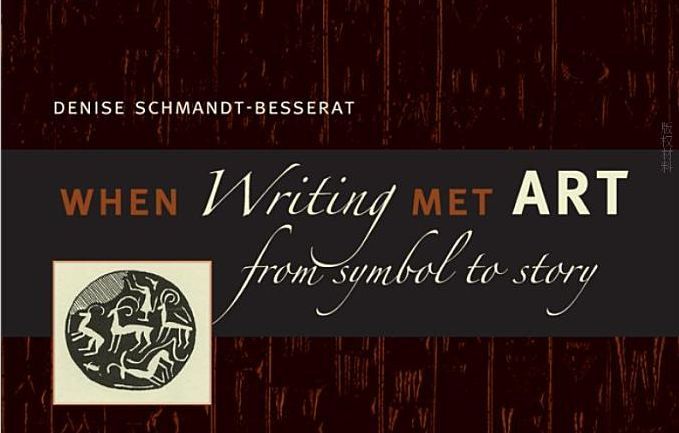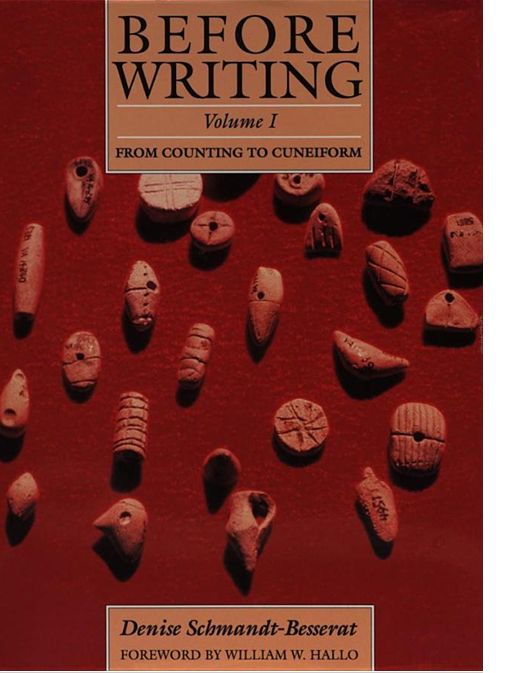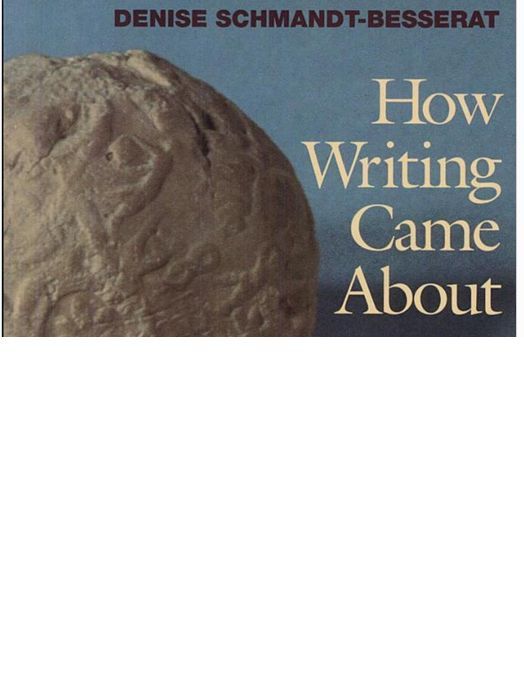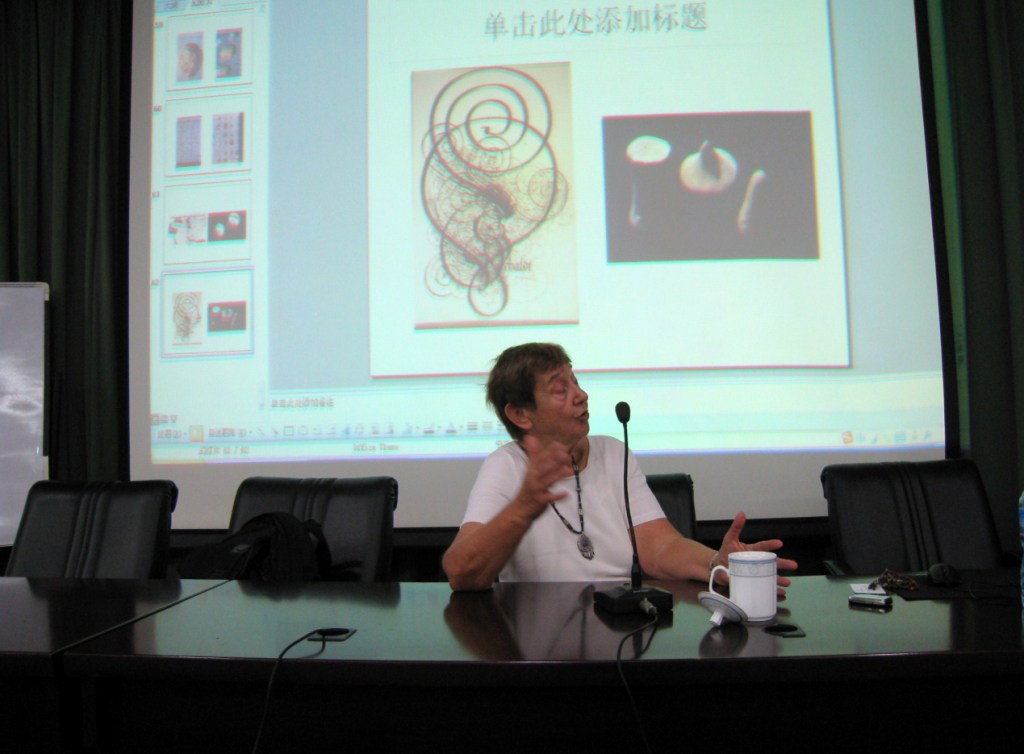标题:
很強大👩🦳,羨慕
作者: shing 时间: 2009-10-20 20:08
标题:
頂一下
作者: shing 时间: 2009-10-20 20:50
标题:
朱岐祥
職稱 东海大学中文系教授兼系主任
最高學歷 香港中文大學哲學博士
經歷 靜宜大學中文系教授
靜宜大學中文系副教授
天津南開大學中文系訪問學
作者: shing 时间: 2009-10-20 20:51 张 禾 简 历 教育经历🧍🏻♀️👩🏿💻: 1996 美国得克萨斯大学(奥斯汀)历史学博士 1992 美国辛辛那提大学历史学硕士 1985 北京中国社科院历史学硕士
作者: shing 时间: 2009-10-20 20:51 李家浩 湖北沙市人。1978年🌲,考取北京大学中文系硕士研究生,师从裘锡圭先生学习古文字学。1981年毕业👨👩👧👧,留北京大学中文系任教🌾。现为安徽大学特聘教授🦶🏿⛲️。 主要从事古文字学的研究和教学工作♻。在科研方面🎛,1974年至1977年,借调到北京文物出版社,先后跟孙贯文先生🦶🏽、史树青先生、朱德熙先生和裘锡圭先生等一起整理银雀山汉墓竹简🧑🏻🎨。在此期间🌝,又跟朱先生和裘先生一起整理望山楚墓竹简。 1978年初🛸,跟裘先生一起从事曾侯乙墓钟磬铭文和竹简整理工作。1982年,应湖北省博物馆之邀🐝®️,整理九店56号楚墓竹简。在教学方面,自在北京大学大中文系任教以来,开设的课程有“《说文解字》概论”🧖🏼♀️、“战国文字概论”、“战国竹简研究”和“古文字资料研读”等。 研究古文字的方法👦🏽,主要受朱德熙先生和裘锡圭先生的影响,比较注意将字形、文义和文献结合起来进行研究,反对任意猜测的不良作风🤽♂️。 著有《著名中年语言学家自选集(李家浩卷)》🗯🪩,合著《曾侯乙墓》、《望山楚简》🏋🏿♀️、《九店楚简》等,是著名的古文字学家,尤其在战国文字方面有精湛的造诣🌿。 就是今年上半年👨🏿🍼。 预约李家浩老师的讲稿。 [此主题已被 shing 在 2009-10-21 18:31:27 编辑过] 曾经禁止讨论的是“语言的起源”。 不过,随着人类基因研究的深入🫅🏽,“语言的起源”显然是一个极其严肃的课题👨🏻🦽。 Denise Schmandt-Besserat Home page at the 白教授♠️,面相很可親的 http://aaahq.org/am2007/images/Besserat.jpg 哈哈🪔,個人喜好,不喜歡談玄、“跨學科”“話語”。👩🏻🦰。 老太太還寫過童書🧑🎄,更讓俺心裏畫問號🍅。 果然是「國際學人」規模的會議… 可惜無法現場聆聽 [此主题已被 hsouyu 在 2009-10-25 20:53:28 编辑过] 预约李家浩老师的讲稿。 我也舉手🚣🏼♀️,可否算我一份🧚🏿? [此主题已被 hsouyu 在 2009-10-25 20:51:18 编辑过] [此主题已被 佑仁 在 2009-10-26 15:49:26 编辑过] Besserat教授在做报告 請一亥兄再重發一次吧 也是砖头: http://www.blog.zlgc.org/?uid-273-action-viewspace-itemid-2601 Count Her In Denise Schmandt-Besserat's New Way of Seeing BY Dr. Denise Schmandt-Besserat's great discovery -- that the origins of writing are actually found in counting -- began, as most such groundbreaking work does, with a seemingly unrelated pursuit. When the What she found was that the tokens comprised an elaborate system of accounting that was used throughout the
标题:
标题:
作者: 郭理远 时间: 2009-10-20 20:57
标题:
耳朵痒痒
作者: 我心遜之 时间: 2009-10-21 03:00
标题:
拭目以待之🫦,洗耳恭聽之。
作者: 指上蓮華 时间: 2009-10-21 03:02
标题:
白瑟拉的可有翻譯啊。。。👩🏻🦰。。
作者: 无斁 时间: 2009-10-21 03:04
标题:
希望安大的朋友们能整理出来一个文字稿🫰🏽!
作者: 海天 时间: 2009-10-21 04:00
标题:
放到富达網站最好
作者: mofengru 时间: 2009-10-21 05:27
标题:
李家浩先生什么时候被安徽大学特聘了𓀘,他今年不是已经退休了吗?
作者: shing 时间: 2009-10-21 05:44
标题:
作者: danyili 时间: 2009-10-21 08:00
标题:
作者: wenlong 时间: 2009-10-21 23:01
标题:
白瑟拉成名的研究是关于楔形文字的起源
作者: shing 时间: 2009-10-22 02:09
标题: 
作者: shing 时间: 2009-10-22 02:27
标题: 
作者: shing 时间: 2009-10-22 02:52
标题: 
作者: danyili 时间: 2009-10-22 05:02
标题:
文字起源當然是個題目,但容易流入...聽説法國語言學會禁止在會議上討論此類問題,難道白太太就是受害者💅?
作者: shing 时间: 2009-10-22 05:15
标题:
作者: shing 时间: 2009-10-22 05:55
标题:
作者: danyili 时间: 2009-10-22 06:13
标题:
作者: danyili 时间: 2009-10-22 06:17
标题:
作者: hsouyu 时间: 2009-10-26 04:49
标题:
作者: hsouyu 时间: 2009-10-26 04:51
标题: ![]() danyili:
danyili:

作者: 佑仁 时间: 2009-10-26 23:43
标题: 
作者: shing 时间: 2009-10-27 04:55
标题: 
作者: 东山铎 时间: 2009-10-27 05:55
标题:
怎麽有個蝸牛?那是講啥吶
作者: 曹新悦 时间: 2009-10-27 07:09
标题:
我也想听🏤📍。。。哪位大侠传份讲稿上来给大伙瞅瞅哈🧓🏻。🧏🏽♀️。。呵呵谢谢哇
作者: 藏简 时间: 2009-10-27 18:18
标题:  yihai老师出手也未免太快,怎么可能知道赶在凌晨3时至6时可下载李家浩老师的讲稿👩🏼✈️👨🏿⚖️?
yihai老师出手也未免太快,怎么可能知道赶在凌晨3时至6时可下载李家浩老师的讲稿👩🏼✈️👨🏿⚖️?
作者: 海天 时间: 2009-10-27 20:15
标题: 
作者: danyili 时间: 2009-10-27 23:40
标题:
肯定是很玄的咚咚
作者: 藏简 时间: 2009-10-28 18:53
标题:
抛个砖头:
http://www.blog.zlgc.org/?uid-273-action-viewspace-itemid-2602
团队特聘教授李家浩先生做学术报告
2009-10-27 23:37:30
10月26日,团队特聘教授李家浩教授在逸夫图书馆第二学术报告厅做了题为《先秦古文字与汉魏以来的俗字》的学术报告🚂。
李先生首先说明报告中古文字与俗字的内涵:先秦古文字是指秦以及秦以前的古文字,汉魏以来的俗字是指汉魏以及汉魏以来的俗文字👲🏼。两者属于古文字和今文字的两个不同阶段,也分属于中国文字学中的古文字学和俗文字学两个不同分支学科👮🏽。正字即正体字,指符合规范的字体,俗字则反之。在汉字体系中🤖,正字占据主导地位🤰🏼,俗字处于从属地位☘️。接着,李先生以考释丞、雚、喬、臺👓、侍、寺、尚、宪🤞🏼、采等字的成果为例,从俗字溯源🏉、古文字考释、同形字三个方面分别论述了先秦古文字和汉魏以来俗字之关系,并介绍了自己考释文字的方法和研究心得。最后李先生指出🦔,先秦古文字的研究和汉魏以来俗字的研究之间关系十分密切,一方面对于俗字研究可以帮助我们解释以前不认识的疑难杂字,另一方面有可以反观对照,先秦古文字字形又可以促进我们对俗字的、研究的进一步深入和发展,这是很有重大意义的。
作者: shing 时间: 2009-10-28 19:42
标题:
标题:
欢迎光临 出土文献与古文字研究学术论坛 (/forum/)
Powered by Discuz! X3.4